With the National Rifle Association now weaker than it has been in decades, progress is possible—if politicians are willing to seize the time.
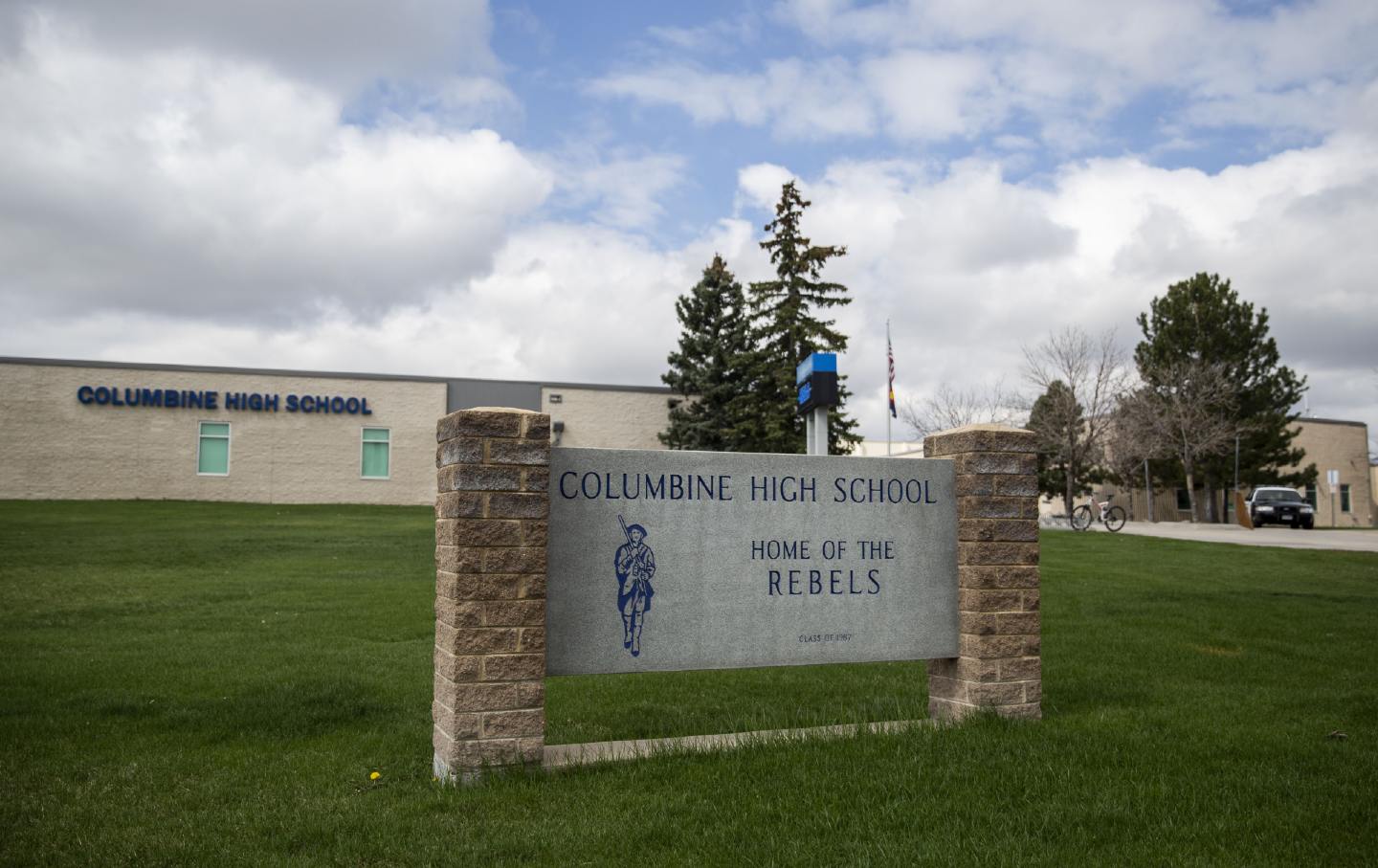
Twenty-five years ago tomorrow—on April 20, 1999—two 12th-grade students at Columbine High School in Littleton, Colorado, armed with semiautomatic rifles and pistols murdered 12 students and one teacher, and injured another 21 people. The Columbine massacre triggered a national debate on gun violence. But the epidemic of gun violence has continued; in fact, it has escalated. Public opinion remains strongly in favor of stricter laws, but politicians, cowed by the National Rifle Association, have failed to do their job of protecting Americans from this plague.
There had been other mass shootings—including school shootings—before, but Columbine was a turning point. Thanks in part to Michael Moore’s powerful eponymous 2002 film, the very word “Columbine” has been seared into our collective memory—helping to awaken many Americans to the harsh reality of gun violence. But it represented a turning point in another way, too: The number of mass shootings has increased since then, and the debate over how to address the problem has become even more politically polarized.
Since Columbine, the nation has witnessed 476 school shootings. Last year’s 82 school shootings marked the highest annual total during a quarter-century that also included massacres at Sandy Hook Elementary School in Connecticut in 2012, where 26 people, including 20 children, were killed; the 2018 rampage at Marjory Stoneman Douglas High School in Parkland, Florida, that took the lives of 17 people; and the murders of 21 people—19 students and two teachers—at Robb Elementary School in Uvalde, Texas, in 2022.
All these incidents have been engraved into our national consciousness. So have other massacres, including shootings at a movie theater in Aurora, Colorado (12 dead); a Black church in Charleston, South Carolina (9 dead), a church in Sutherland Springs, Texas (26 dead), and a synagogue in Pittsburgh (11 dead); an Army base in Ft. Hood, Texas (13 dead), and a Navy yard in Washington, DC (12 dead); an immigration center in Binghamton, New York (13 dead); a bowling alley and bar in Lewiston, Maine (18 dead); a gay nightclub in Orlando, Florida (49 dead), and a music festival in Las Vegas (58 dead); a shopping mall in Allen, Texas (8 dead), and a bank in Louisville, Kentucky (five dead); supermarkets in Buffalo, New York (10 dead), and Boulder, Colorado (10 dead); a dance studio in Monterey Park, California (10 dead), and a social services agency in San Bernardino, California (14 dead); Walmart stores in Chesapeake, Virginia (6 dead), and El Paso, Texas (23 dead); on the campuses at Virginia Tech (32 killed), Umpqua Community College in Oregon (9 killed), Michigan State University (3 killed), and Northern Illinois University (5 killed); and during a Fourth of July parade in Highland Park, Illinois (7 dead, 48 wounded).
During the past decade (between 2014 and 2023), there were at least 5,758 mass shooting incidents in the United States (defined by the Gun Violence Archive as indiscriminate rampages in public places that kill or wound four or more people). In 2023 alone, there were 656 mass shooting incidents, resulting in 709 deaths and 2,676 injuries. There were another 98 mass shootings during the first three months of this year, leading to 141 people dead and 357 wounded.
But this is only the tip of the iceberg when it comes to gun violence. Mass shootings get the most media attention, but they represent a narrow sliver of America’s gun problem, which includes domestic violence, gang killings, accidental shootings, and suicides. Last year witnessed 42,940 deaths by gun violence. This includes 18,850 homicides, murders, and accidents (52 a day) and 24,090 gun-related suicides (66 per day). Among the victims were over 1,600 children and teenagers under 18. Guns are the leading cause of death for American children and teens.
Current Issue
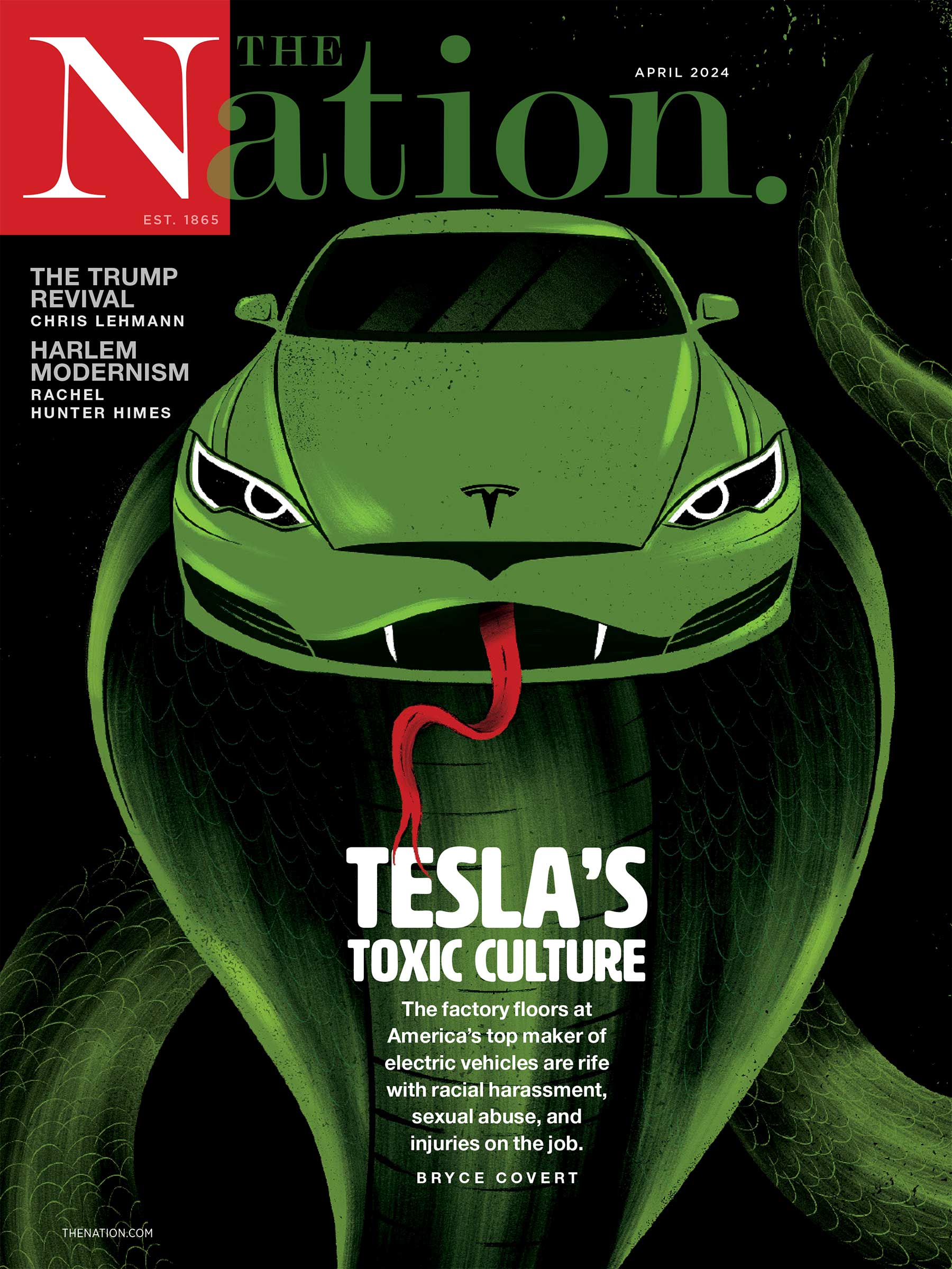
We’ve almost come to accept such violence as normal. At least a generation and a half of Americans—certainly anyone who is under 35—have lived their entire lives traumatized by regular occurrences of mass murder.
The victims include not only the dead and injured and their families and friends but also the rest of society. The collateral damage is the prospect of an entire generation living with the fear that anyone can be the target of random violence. We have normalized massive child trauma because we have allowed racists and psychopaths to easily obtain guns, including military-style assault weapons. Even though a significant majority of Americans support tougher gun laws, their voices have been drowned out by the National Rifle Association.
Americans own about 393 million firearms. That’s 46 percent of all civilian-owned firearms in the world, even though the United States accounts for just 4.2 percent of the world’s population.
Forty-four percent of US adults—about 83 million Americans—say they have a gun in their home or on their property. Adults with a gun in their household have an average of 4.9 guns, but some homes have an arsenal of weapons. A 2017 report revealed that about half of all privately owned firearms in the US are owned by 3 percent of American adults.
But the danger isn’t simply the number of guns. It is the type of guns we allow people to legally purchase. Other countries permit their citizens to own hunting rifles. Many Americans, however, believe it is their right to own an assault weapon.
In recent years, some states have strengthened their gun control laws‑but others have weakened them. While states with stronger gun laws have less gun violence, state laws aren’t sufficient. Most gun-related deaths are committed by people who purchase their weapons legally, primarily in states with lax gun laws.
Many guns are also purchased by “straw buyers,” who then sell them to people who are prohibited from buying them. For example, 12 percent of guns recovered from crimes in New York—a state with strong gun laws and among those with the fewest licensed dealers per capita—were purchased in Georgia, which has some of the weakest gun laws in the nation. In 2021, over 10,300 guns—28 per day—were either lost by or stolen from gun shops. Quite a few end up in illegal markets, where they are trafficked and used in crimes, according to Everytown Gun Safety, another gun control advocacy group.
It is tempting to say that all these gun deaths reflect something basically wrong with American culture or the nation’s very soul. But the majority of Americans favor stricter gun control laws.
Majorities of Americans have consistently favored stricter gun laws, with notable upticks after well-publicized shootings, such as in Parkland in 2018 and in Uvalde in 2022, when the number favoring tougher laws spiked to 66 percent.
The Gallup poll’s most recent study in October found that 56 percent of US adults—including 88 percent of Democrats, 56 percent of independents, and 26 percent of Republicans—say gun laws should be stricter, while 31 percent believe they should be kept as they are now, and 12 percent favor less strict gun laws.
A significant majority of Americans (61 percent) say it is too easy to legally obtain a gun in this country, according to a Pew Research Center survey conducted in June 2023. Even 38 percent of gun owners say it is too easy to legally obtain a gun.
The same poll discovered that 60 percent of Americans—including 91 percent of Democrats and 60 percent of Republicans—oppose allowing people to carry concealed firearms without a permit, which is currently legal in 26 states. Sixty-four percent of Americans—including 85 percent of Democrats and 42 percent of Republicans—favor banning assault-style weapons. Roughly the same number support outlawing the sale of high-capacity ammunition magazines that hold more than 10 rounds. Almost all police chiefs favor requiring criminal background checks for all firearm sales.
After each mass killing, people come together to express their sympathy for the victims, anger at the senseless violence, and determination to bring about change. Each time, their hopes are raised—and then dashed when Congress fails to act, cowed by the NRA.
But the NRA’s power is on the wane.
Soon after the Uvalde, Texas, school shooting in 2022, President Joe Biden proposed the Bipartisan Safer Communities Act, which requires background checks on gun purchases for young adults, increased mental health funding, and expanded prohibitions on gun ownership for people convicted of domestic violence. It also created incentives for states to pass “red flag” laws, which preventiindividuals who show signs of being a threat to themselves or others from purchasing or possessing any kind of firearm.
Even Senator John Cornyn (R-TX), who for years received 100 percent ratings from the NRA, criticized the organization for failing to support the bill.
“We worked with the NRA, listened to their concerns,” Cornyn said, “but in the end I think they simply have a membership and a business model that will not allow them to support any legislation.”
Despite the NRA’s opposition, Congress passed the bill in June 2022. It was the first major piece of federal gun reform since the 1993 Brady bill, which mandated federal background checks on firearms purchasers, but was overturned by the Supreme Court five years later because it required state and local officials to conduct the background checks.
Popular
“swipe left below to view more authors”Swipe →
The Safer Communities Act was an important step forward, but it fell far short of what gun control advocates have called for, including universal background checks, a ban on the sale of assault weapons, and longer waiting periods for gun purchases.
To the NRA, weak gun laws have nothing to do with the epidemic of gun-related killings. It has long had two knee-jerk responses to the epidemic of gun violence. The first is that the Second Amendment gives all Americans the right to possess guns of all kinds—not just hunting rifles but machine guns and semi-automatics. Efforts to restrict gun sales and ownership is, according to the NRA, an assault on our constitutional freedoms. The second is the cliché that “guns don’t kill people, people kill people.”
The NRA claims to speak for America’s gun owners, but less than 5 percent of gun owners are NRA members—and the number is shrinking.
Under the leadership of Wayne LaPierre, who became executive vice president in 1991, the NRA forged ties with ultra-right and racist organizations. Under LaPierre, the organization has been plagued with mismanagement and corruption scandals, including growing scrutiny of its finances, political influence peddling, and allegations of ties to Russian operatives. The organization faced allegations of exorbitant spending by top executives; LaPierre used his NRA expense account to spend hundreds of thousands of dollars on clothes, luxury vacations in Italy; the Bahamas; Palm Beach, Florida; and other expensive destinations. The Washington Post also revealed a LaPierre scheme to have the NRA purchase a $6 million mansion in Dallas for him.
In 2020, New York Attorney General Letitia James brought a lawsuit alleging that LaPierre and other NRA officials broke nonprofit laws and used millions of NRA funds on personal expenses. Until this year, LaPierre had survived efforts to oust him. But in January of this year, a few days before James’s lawsuit went to trial, LaPierre announced that he was resigning.
These leadership scandals have led to declining membership and financial problems. NRA membership dropped from about 5.2 million in 2018 to about 4.2 million today—and is likely to continue to fall. The NRA’s total revenue fell too, from $352 million in 2018 to $211 million in 2022. It had to get a $28 million line of credit against its lavish Virginia headquarters. In January 2021, the NRA filed for bankruptcy protection in Texas, as part of an effort to avoid a probe by the New York attorney general’s office, but a federal bankruptcy judge dismissed that case.
These scandals have undercut the NRA’s political influence. In 2016, the NRA spent over $50 million to help elect Trump and other candidates, almost all of them Republicans. Four years later, faced with major financial woes, the NRA spent less than half that amount. During the 2022 midterms, the organization could only muster about $14 million in political spending.
In the past, many candidates for political office—mostly Republicans but also some Democrats—flocked to the NRA’s annual convention. That’s no longer true
“The current financial situation is untenable and is akin to bailing a leaking boat with a spoon,” Rocky Marshall, a former NRA board member, told The Reload, a website that monitors the NRA.
The NRA’s extreme views are increasingly out of touch with most Americans, most gun owners, and even many of its own members. Gun owners who don’t belong to the NRA are more supportive than NRA members of banning assault-style weapons and high-capacity magazines, and creating a federal database to track gun sales.
Is the NRA on its last legs? And, if so, will the United States, free of the NRA’s toxic influence, eventually be able to end its distinction as the democracy with the highest rate of gun-related deaths and injuries?
Much depends on the November elections. No two candidates for president have had as diametrically opposed views on this problem than Joe Biden and Donald Trump.
In an op-ed last year, Biden wrote:
I have already taken more meaningful executive action to reduce gun violence than any other president, and I will continue to pursue every legal and effective action. But my power is not absolute. Congress must act, including by banning assault weapons and high-capacity magazines, requiring gun owners to securely store their firearms, requiring background checks for all gun sales, and repealing gun manufacturers’ immunity from liability. We also need more governors and state legislators to take these steps.
At an NRA meeting this February, Trump said that “no one will lay a finger on your firearms” if he returns to the White House. He boasted that during his time as president he “did nothing” to curb guns.
“Every single Biden attack on gun owners and manufacturers will be terminated on my very first week back in office, perhaps my first day,” Trump said at the NRA’s Presidential Forum in Harrisburg, Pennsylvania.
If Biden is reelected and the Democrats win control of both the House and Senate, Congress might actually pass the kind of legislation that Biden has called for. In the wake of the NRA’s declining influence, the time is ripe for gun control advocacy groups to expand their efforts so that the nation’s public policies toward gun sales and gun ownership more accurately reflect public opinion. Our children are counting on us to stop the deadly gun violence that is destroying the nation’s soul and their futures.
Thank you for reading The Nation!
We hope you enjoyed the story you just read. It’s just one of many examples of incisive, deeply-reported journalism we publish—journalism that shifts the needle on important issues, uncovers malfeasance and corruption, and uplifts voices and perspectives that often go unheard in mainstream media. For nearly 160 years, The Nation has spoken truth to power and shone a light on issues that would otherwise be swept under the rug.
In a critical election year as well as a time of media austerity, independent journalism needs your continued support. The best way to do this is with a recurring donation. This month, we are asking readers like you who value truth and democracy to step up and support The Nation with a monthly contribution. We call these monthly donors Sustainers, a small but mighty group of supporters who ensure our team of writers, editors, and fact-checkers have the resources they need to report on breaking news, investigative feature stories that often take weeks or months to report, and much more.
There’s a lot to talk about in the coming months, from the presidential election and Supreme Court battles to the fight for bodily autonomy. We’ll cover all these issues and more, but this is only made possible with support from sustaining donors. Donate today—any amount you can spare each month is appreciated, even just the price of a cup of coffee.
The Nation does not bow to the interests of a corporate owner or advertisers—we answer only to readers like you who make our work possible. Set up a recurring donation today and ensure we can continue to hold the powerful accountable.
Thank you for your generosity.
More from
Peter Dreier

The MAGA church and white evangelical Christian voters.
Peter Dreier
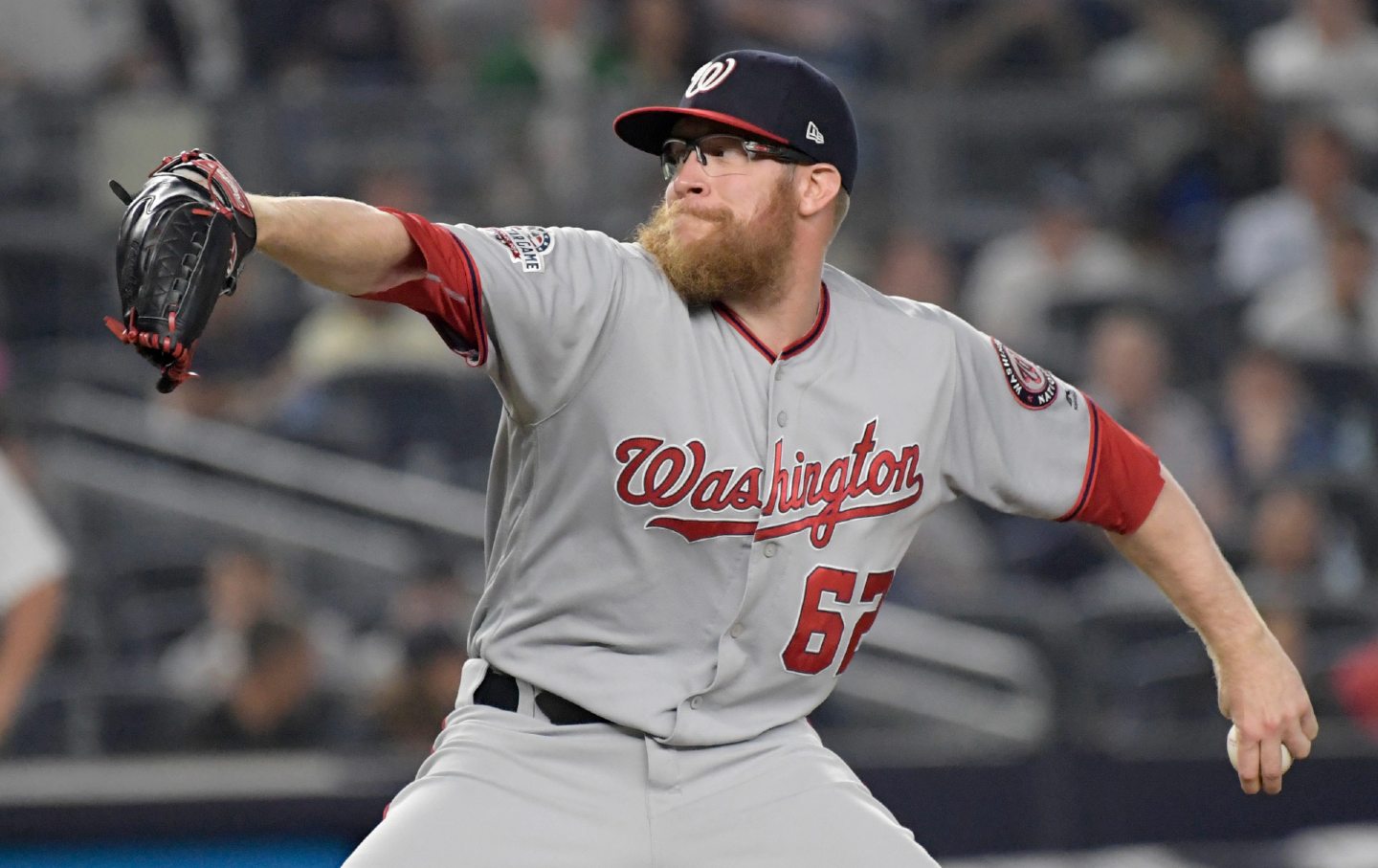
How the Nationals’ star reliever became the conscience of baseball.
Peter Dreier
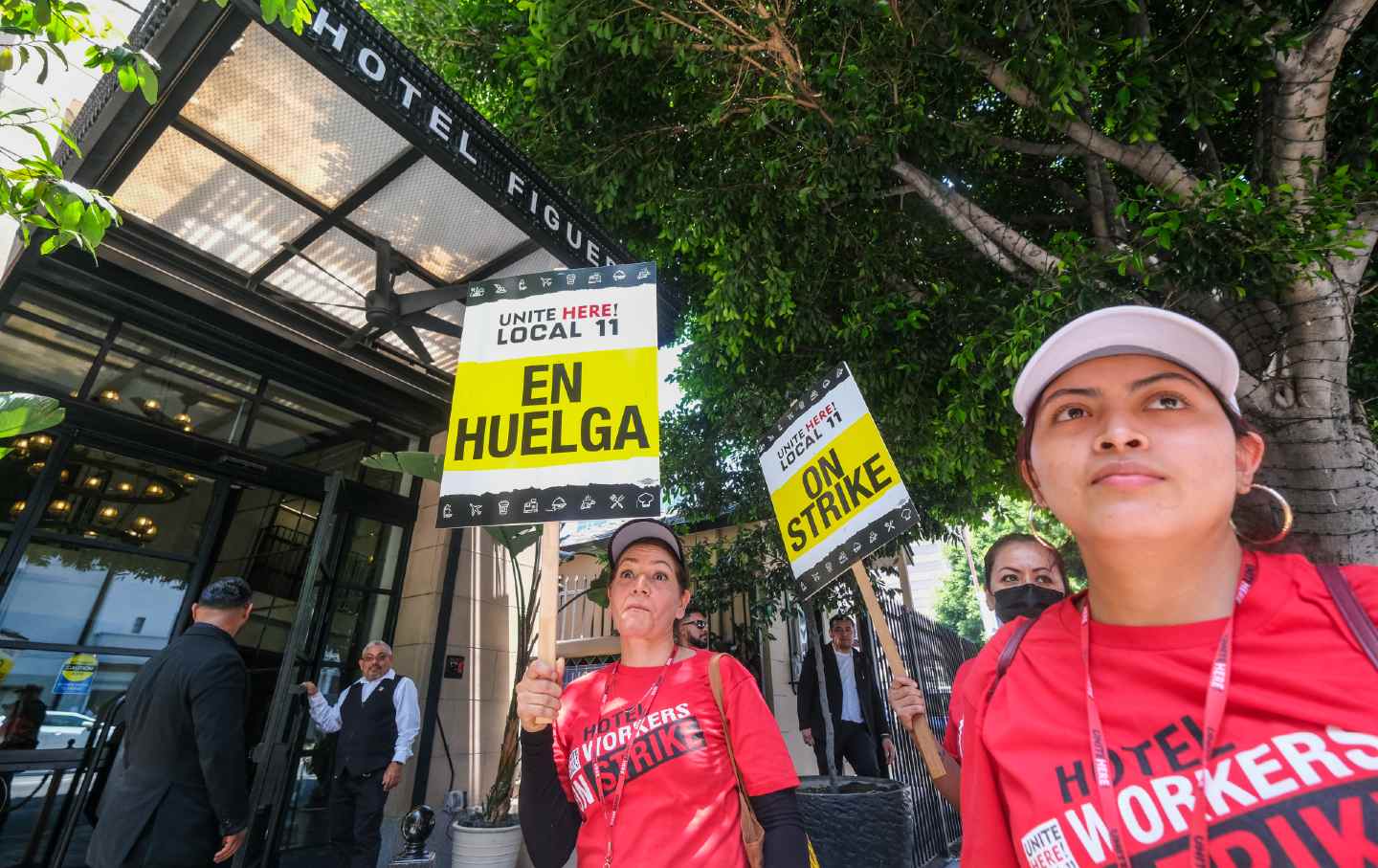
The hotel workers’ strike in Los Angeles will force members of the American Political Science Association—and Taylor Swift fans—to decide whether or not to cross union picket lines…
Peter Dreier
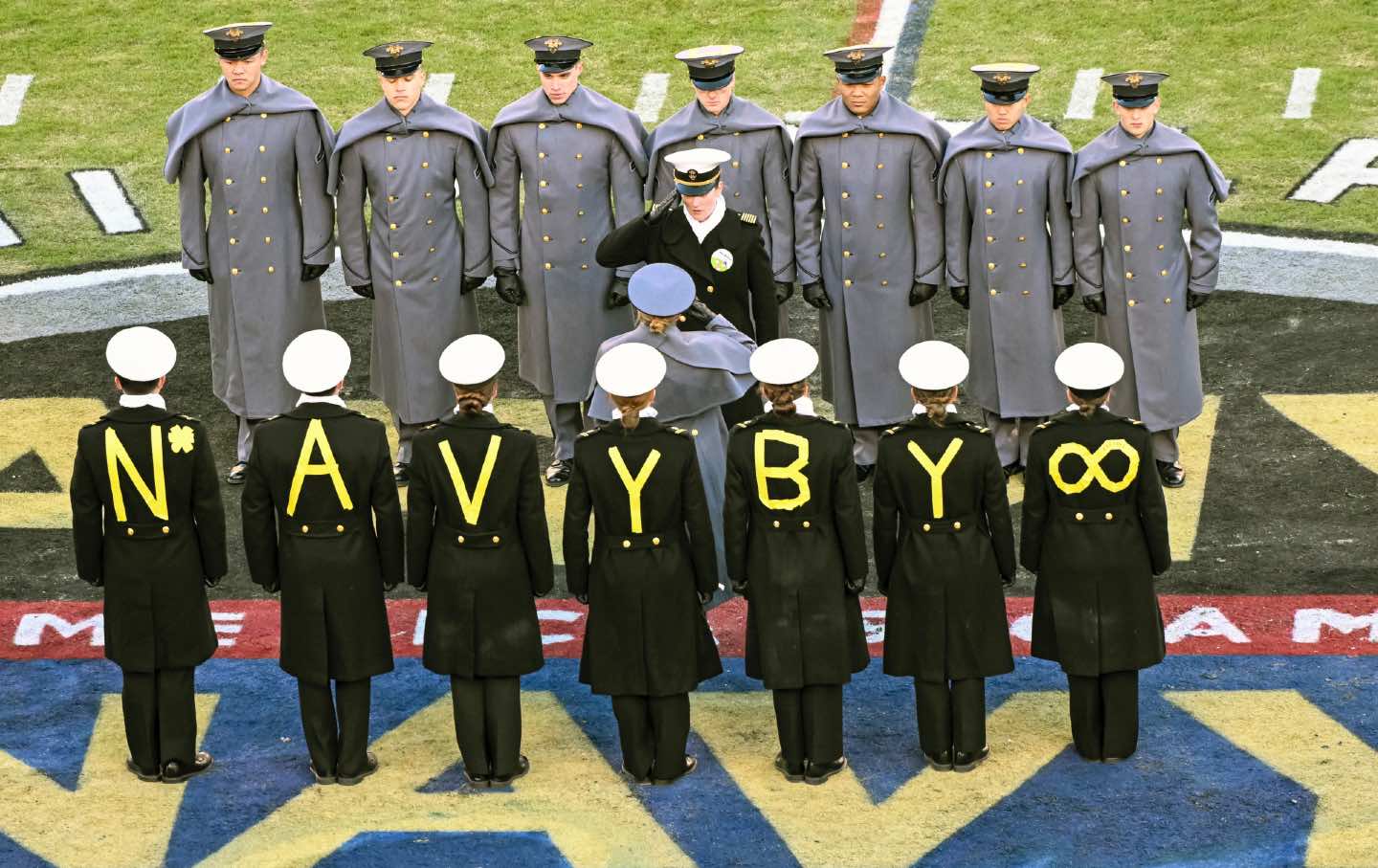
In a revealing footnote, Chief Justice John Roberts concedes that affirmative action has made our military stronger and more diverse.
Peter Dreier
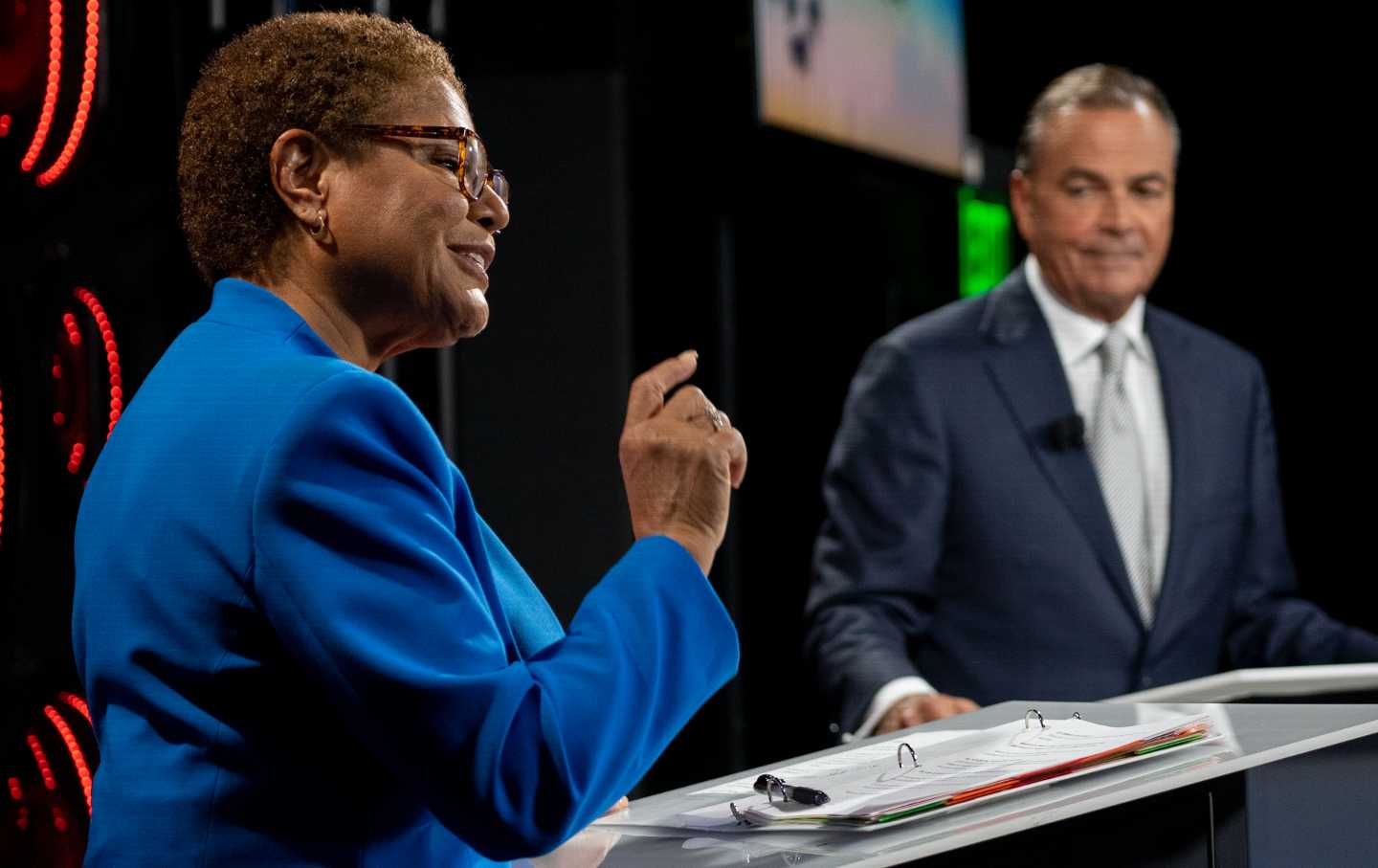
Karen Bass, Rick Caruso, and the race for mayor of Los Angeles.
Peter Dreier

For over half a century his reports on the labor movement, in The Nation and elsewhere, were a model of activist journalism.
Obituary
/
Peter Dreier

Felecia Phillips Ollie DD (h.c.) is the inspiring leader and founder of The Equality Network LLC (TEN). With a background in coaching, travel, and a career in news, Felecia brings a unique perspective to promoting diversity and inclusion. Holding a Bachelor’s Degree in English/Communications, she is passionate about creating a more inclusive future. From graduating from Mississippi Valley State University to leading initiatives like the Washington State Department of Ecology’s Equal Employment Opportunity Program, Felecia is dedicated to making a positive impact. Join her journey on our blog as she shares insights and leads the charge for equity through The Equality Network.





Attractive section of content I just stumbled upon your blog and in accession capital to assert that I get actually enjoyed account your blog posts Anyway I will be subscribing to your augment and even I achievement you access consistently fast